As part of our effort to curb the devastating damage wreaked by the bird trade, BirdLife has embarked on a study to compile all existing information about bird killing, trapping and trade in Sub-Saharan Africa. We’re inviting you to get in touch with any information that can help us fill in the gaps.
A bustling market in Central Africa. Among the merchandise are birds trapped in cages, as traders haggle over prices. In West Africa, stalls selling bird carcasses are a reglar feature bushmeat markets across the region.
These are just a few examples of the plight of wild birds not only in Africa, but across the globe. The truth is that illegal killing, taking and trade are driving wild birds to extinction. Recent studies have revealed startling numbers in the Mediterranean, Arabian Peninsula, Northern and Central Europe and the Caucasus. Across these regions, millions of birds are removed from their habitats every year – dead or alive – with devastating impacts on the populations of some species.
In the Mediterranean, Egypt loses about 5.7 million birds annually to these practices. The population of European Turtle Dove Streptopelia turtur, for example, has shrunk by 30-49% in 15 years, and is now classed as Vulnerable to extinction. Meanwhile, the European Roller Coracias garrulus has gone extinct in Germany, Denmark, Sweden and Finland, while the iconic Eurasian Goldfinch Carduelis carduelis has lost 56.7% of its range in the Western Maghreb due to extensive hunting and trading. Its rarity has led to an increase in price and the establishment of an illegal international trading network across the region. One goldfinch is currently worth $50 – nearly a third of the average monthly income in the area. Despite all this information, the extent to which illegal killing, taking and trade affect wild birds in the Sub-Saharan region is poorly known.
Unravelling trends in Sub-Saharan Africa
In Sub-Saharan Africa, the illegal removal of wild birds from their natural habitats is not well-documented. What data we do have, however, suggests that birds are hunted – legally and illegally in large numbers – for various reasons, with certain species being heavily targeted. For example, 97% of the 41,737 African grey parrots traded through Singapore in 2005-2014 were from African countries including Congo, the Democratic Republic of the Congo, the Central African Republic, Guinea, Ivory Coast, Cameroon, Liberia and South Africa, with Democratic Republic of the Congo being the main exporter. In South Africa, around 2 million birds were shot in 2013, and between 174 000 and 428 000 gamebirds illegally poisoned every year.
The trade of birds and their by-products could amount to a multi-billion dollar industry globally, for which Sub-Saharan Africa may hold a substantial share. Not only are birds in Africa traded for food and income, but also for belief-based use. These cultural beliefs and practices are a particular threat to large birds. In fact, vultures and African ground hornbills are at risk of extinction from this practice. In 2020, more than 2000 Hooded Vultures Necrosyrtes monachus (Critically Endangered) died in a mass poisoning incident linked to belief-based use, further underlining the plight of these birds across the continent.
“With African bird populations experiencing such immense environmental and human pressures, and lack of sufficient data on the killing, taking and trade of birds, conservation challenges are mounting. Governments and other stakeholders are more likely to prioritize the conservation challenges of better-studied biodiversity such as large mammals, thereby putting the survival of avian species at stake,” says Alex Ngari, Migratory Birds and Flyways Programme Manager at BirdLife Africa.
As part of the initial steps to address the problem, BirdLife International has embarked on a study to review, collate, and compile all existing information on this topic in the Sub-Saharan region. The 8-month desk-based review seeks to document species, reasons, methods for illegal killing and taking of birds, and hotspot areas within relevant countries. The trends, gaps, reference lists and links identified in publications will be recorded to aid in further detailed research, through use of questionnaires.
“We are open to receiving data and information regarding the subject in the region. At the end of this study, a report on the status of killing, taking and trade of birds in Sub-Saharan Africa, including current data and gaps requiring further research, will be published and shared,” adds Ngari.
“BirdLife International’s idea at this stage is to build a strong knowledge base around the subject, thereby guiding follow-up actions, research and involvement with other conservation organisations, governments and researchers. We therefore invite any pieces of secondary information that may help fill the puzzle,” concludes Kariuki Ndang’ang’a, Head of Conservation for BirdLife in Africa.
This article was first published by BirdLife International on 21 January 2021. Lead Image: Illegal trade is decimating the population of Grey parrots in Ghana © Hans Braxmeier.
What you can do
Support ‘Fighting for Wildlife’ by donating as little as $1 – It only takes a minute. Thank you.
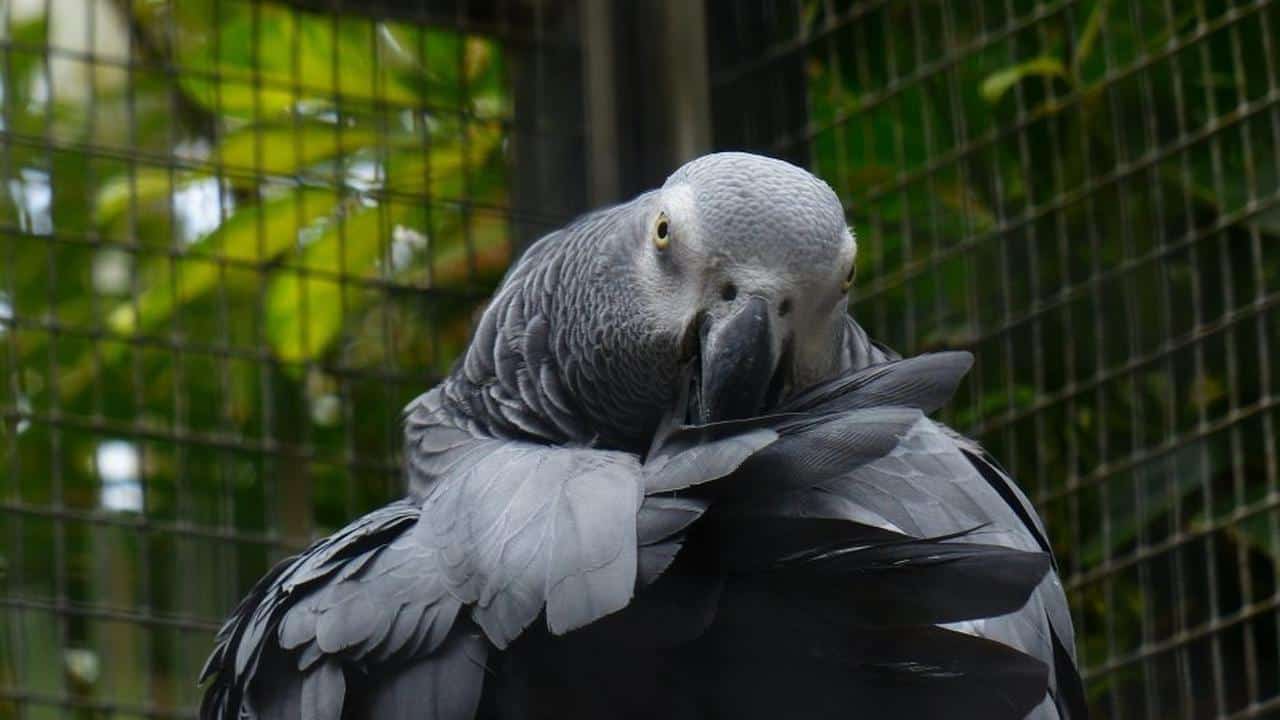
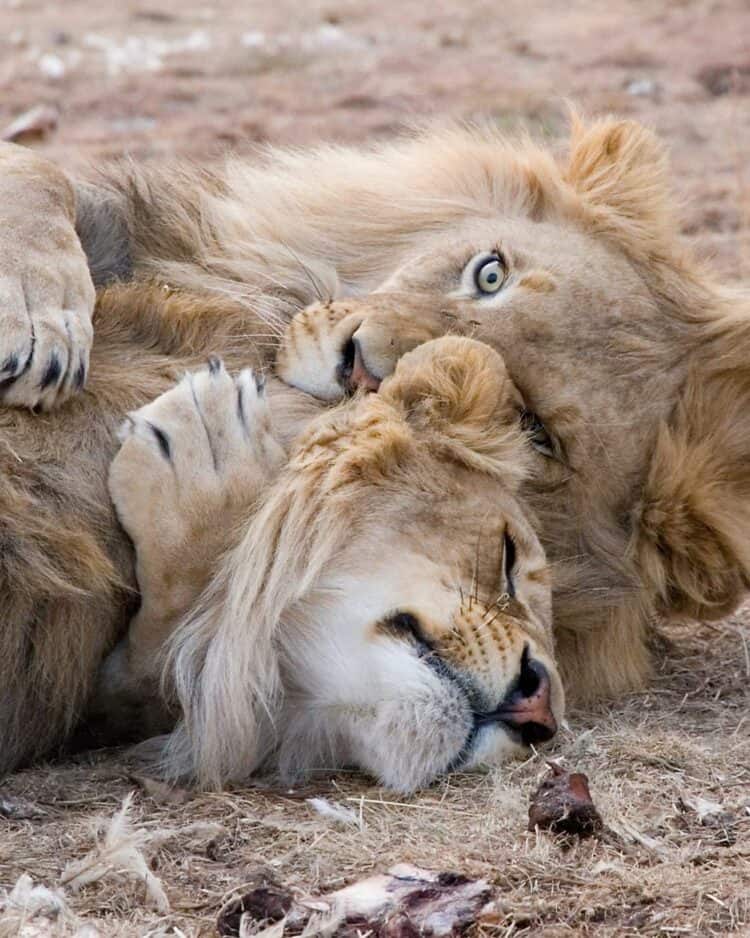

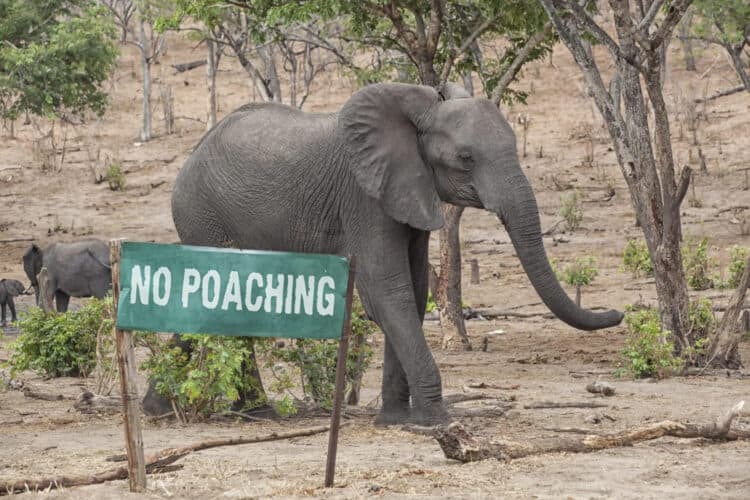
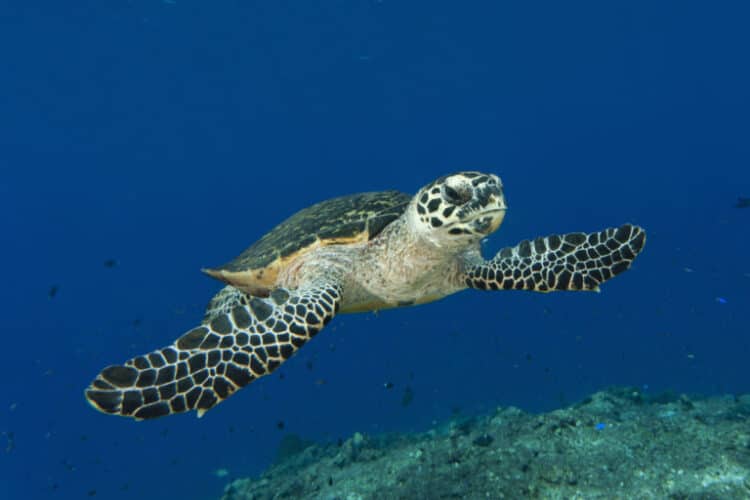
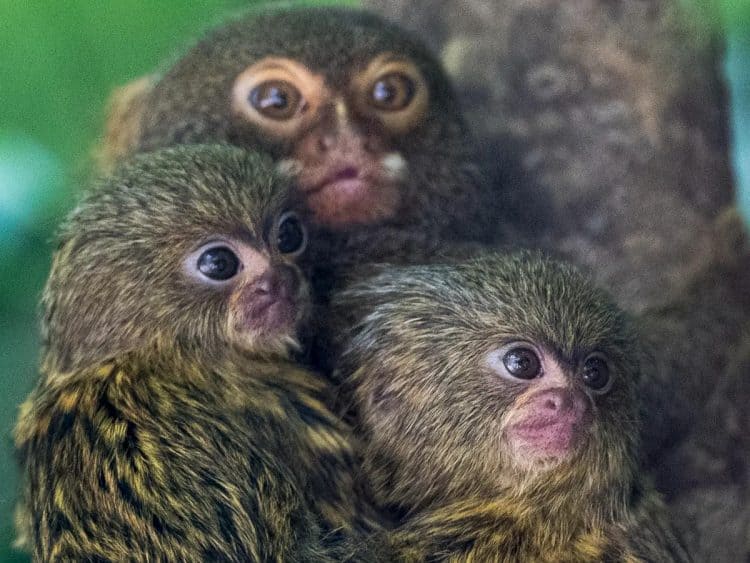
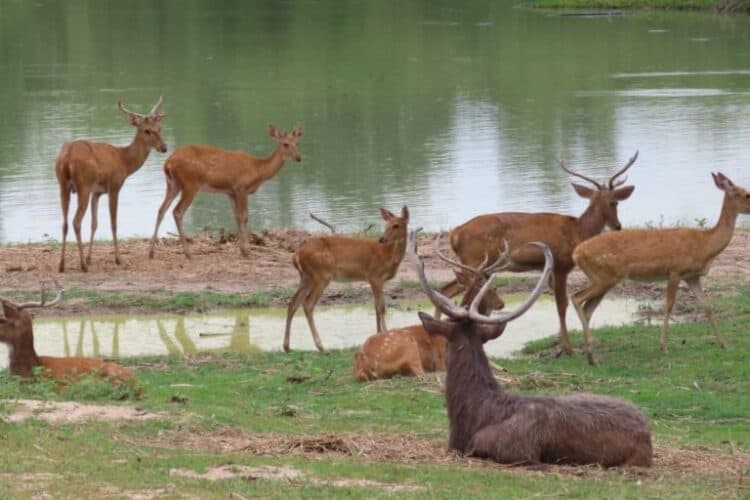
Leave a Reply